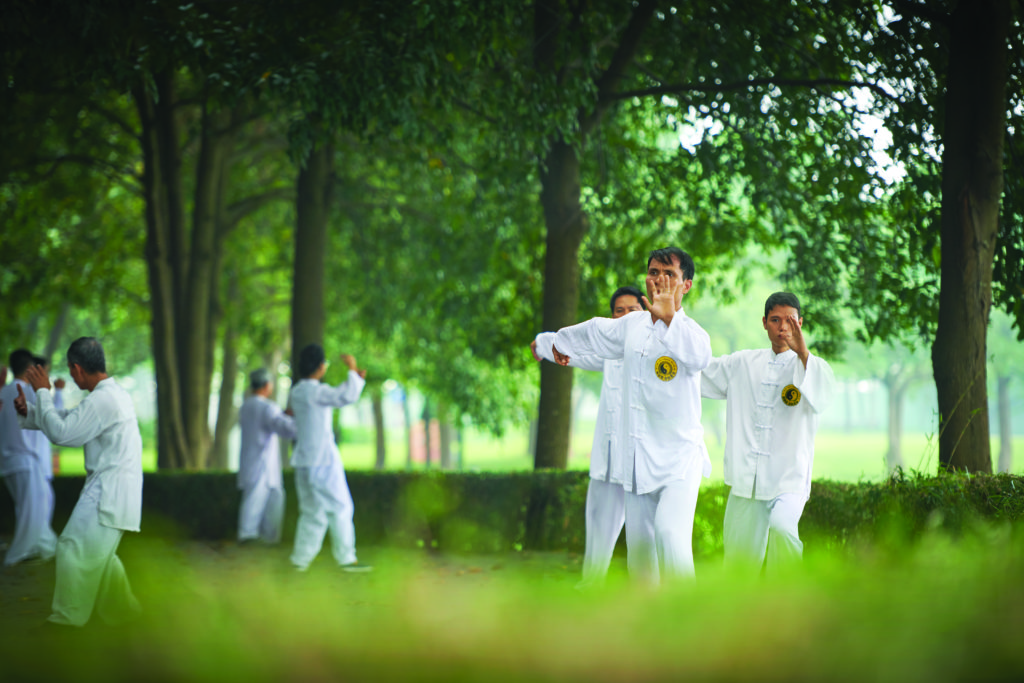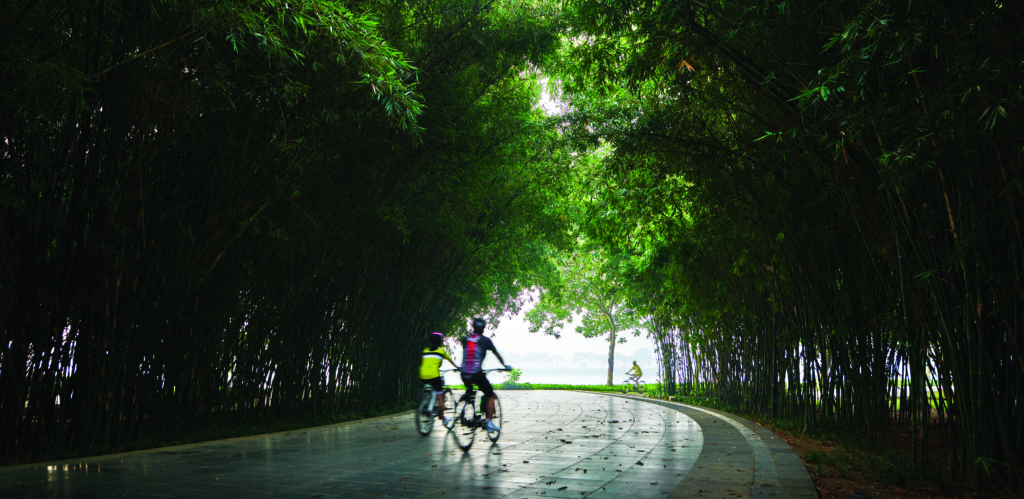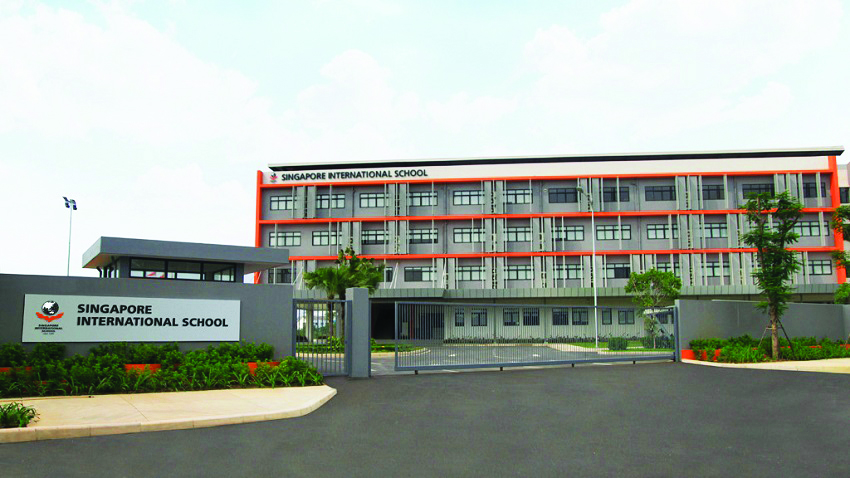Creating towns that stand the test of time

WHEN Vietnam was shifting its focus from agriculture to an industrial-driven economy over a decade ago, it gained interest from foreign investors.
It was then that Gamuda Land seized the opportunity and set foot on Vietnam shores, making its maiden foray into Hanoi in 2007 followed by Ho Chi Minh City in 2010.
Today, the Malaysian town-maker and multi-award-winning developer has earned its stripes for Gamuda City in Hanoi and Celadon City in Ho Chi Minh City, which have become the symbols of excellence in property development overseas.
The new frontier
Venturing into the unknown can be risky, especially when it is a country with a different language, cultural setting, government policies and laws.
The first bold step of penetrating South Hanoi was taken by Gamuda Land based on its experience in town-making and through market validation.
“It required plenty of strategic forecasts to be made, supported by insights derived from buyer sentiment and feedback. It was all a calculated risk as we conducted market validation as there was no readily accessible reference point due to the lack of similar township developments in Vietnam, ” said Gamuda Land chief executive officer Ngan Chee Meng.
“However, the study showed that the market was ripe for a different type of development than what Hanoi was used to”

With rising economic affluence, there was a growing demand for better quality housing with greater emphasis on comfort, style and elegance. This is evident with the ‘Viet Kieu’ community (overseas Vietnamese) returning to their homeland due to an expanding economy and growing opportunities.
“It dawned on us that if Yen So Park could be rehabilitated and if we masterplan Gamuda City to meet the lifestyle aspirations of Hanoi’s increasing affluent community, we could create a benchmark residential development, ” he shared.
Back then, the area of Hoang Mai in South Hanoi was a shunned wasteland due to the absence of a proper sewage system before Gamuda Land rehabilitated it.
After addressing the sewage issues, Gamuda Land focused on town-making elements that will make a difference to both nature and the community.
Before any houses were built in Gamuda City, Gamuda Land first solved the decades-old sewage issues faced in Hanoi, then invested in the restoration of the dilapidated 102-ha Yen So Park, before mindfully planning the home place, play place, eating and shopping place as well as the learning place.

“We built on our past town-making experiences and continuously explore new ideas in town-making so that people and nature can come together harmoniously, ” said Ngan.
Understanding the importance of being culturally sensitive, local feng shui was one key consideration in the masterplan, with various auspicious elements incorporated across the development to create a sense of familiarity for its community.
“The target audience was initially the Viet Kieu but more Vietnamese began to buy into the idea of an integrated township, ” he said.
By getting the town-making principles right and pairing it with tenacity and resilience, Gamuda Land has successfully crafted the novel concept of Gamuda City and Celadon City into well-planned towns which encompass good connectivity, community gathering places and lush greenery.
Successful town-making recipe
With more than two decades of town-making experience, Gamuda Land certainly knows what makes a town work.
“We know that when we get the places within our towns right, our towns work and this translates into the mindful planning that has been put into bringing together key components to give the township a unique personality – which applies to how we lay out the streets to where the town centre is located, the tree-lined neighbourhoods, the clubhouse and the parks – so that people can come together and get to know each other through great placemaking, ” said Ngan.
He pointed out that each of the developer’s township, be it in Malaysia or overseas, has components curated to reflect its own distinct personality.
“For instance, Gamuda City in Hanoi is planned as a vibrant city with good connectivity, lively town centre and sustainable features while Celadon City is a sports hub within a park setting amidst the bustling Ho Chi Minh City, ” said Ngan.

Keeping to its placemaking strategy, Gamuda Land also listens to what the land has to say when building a township. We study the natural attributes of the land – how the land rises and falls, where the waterways flow and the types of native trees and plants that grow there.
From there, we restore the land’s good attributes, fix what needs help, enhance features that the land offers and blend them into our masterplan while we curate our masterplan to be attuned to the local cultural preference and lifestyle.
“One such example is solving Hanoi’s decades-old untreated sewage issue by rehabilitating the dilapidated 102ha Yen So Park before proceeding with the township plan. This town-making principle won Gamuda City the gold award at the FIABCI World Prix d’Excellence Awards 2018 under the Environmental Conservation/Rehabilitation category, ” said Ngan.
Recognised for excellence
The results of a thriving community amidst a green township brimming with biodiversity seen today at Gamuda City are byproducts of steps taken in the past – verifying and reassuring that its town-making principles and methods were suitable and effective. It came as no surprise for Gamuda Land adding another feather to its cap by bagging the World Gold Winner at the FIABCI World Prix d’Excellence Awards2020 under the Masterplan category. To date, the developer has won three FIABCI World Prix Awards and two FIABCI Malaysia Property Awards.
“Accolades such as the FIABCI World Prix d’Excellence Awards put us on par with world renowned developments. It certainly affirms our town-making principles are done right while testifying our commitment as a responsible developer by building with respect to nature and the environment as well as for the community.
“These awards certainly motivate us to continue pursuing our vision of creating places where people will call home, want to be a part of, grow up and grow old in, ” concluded Ngan.

